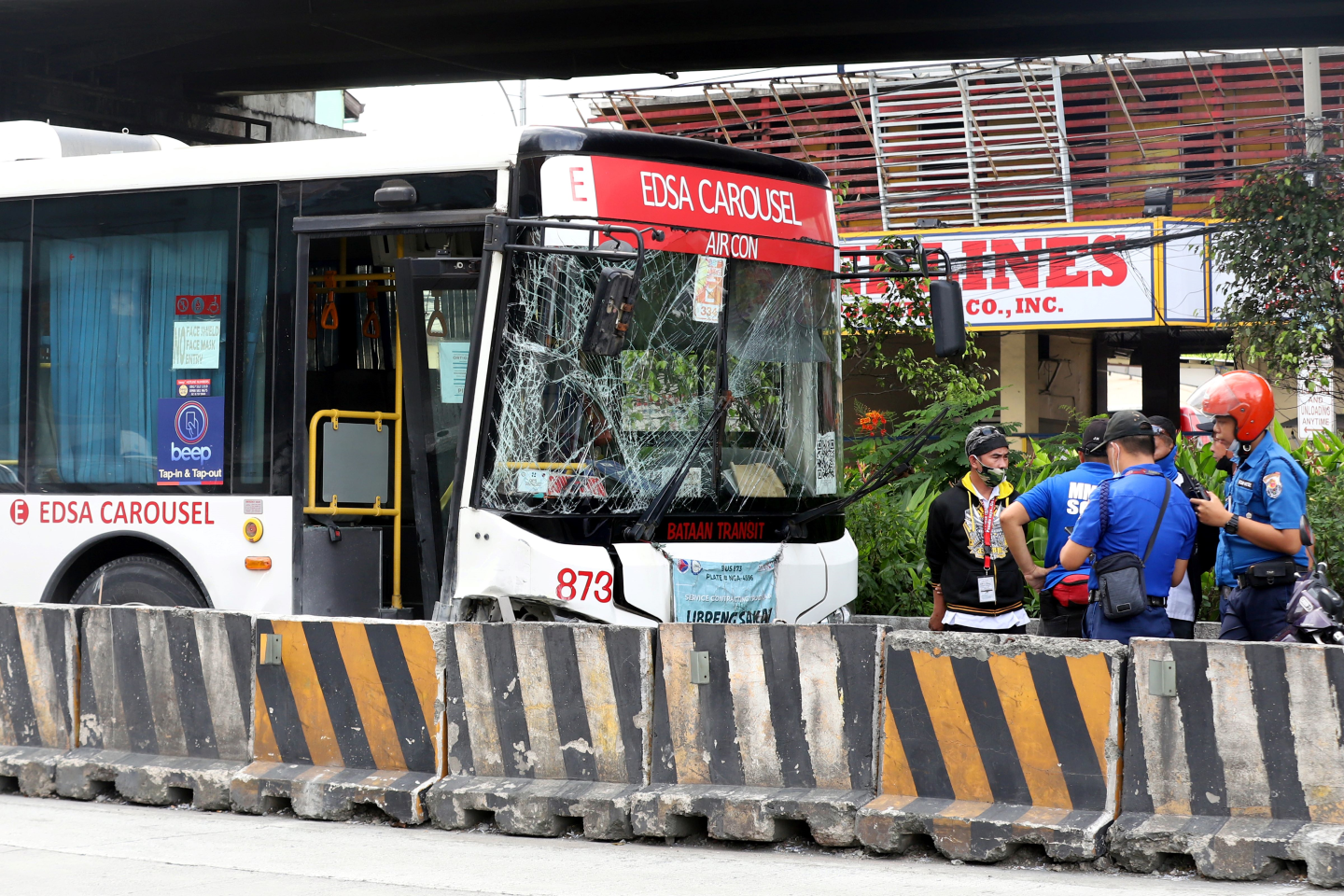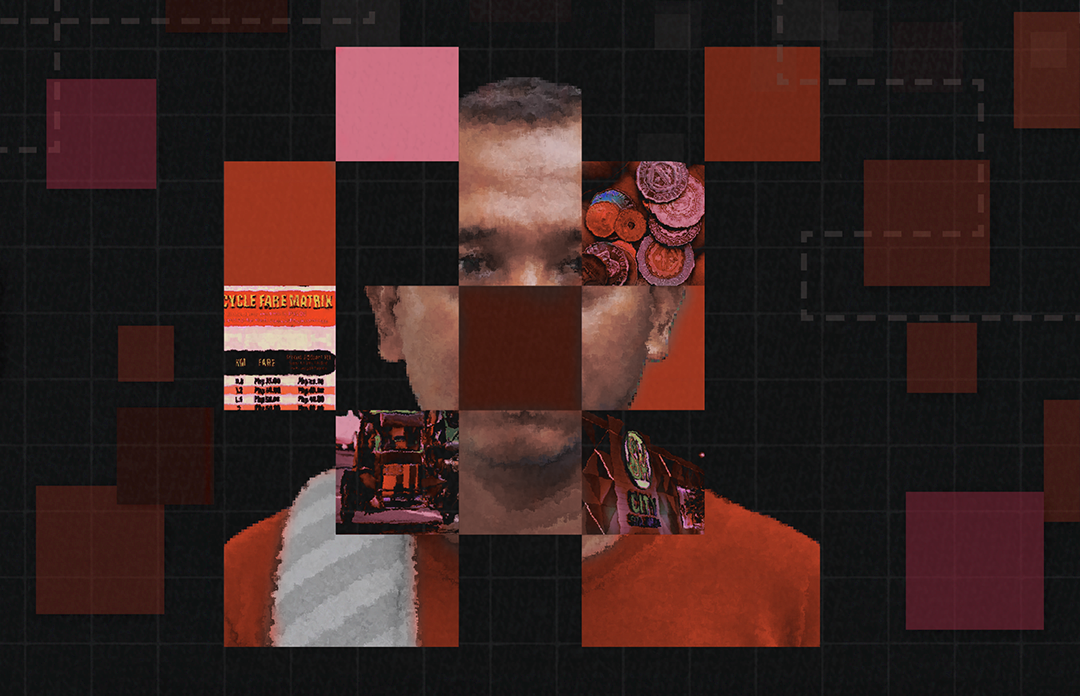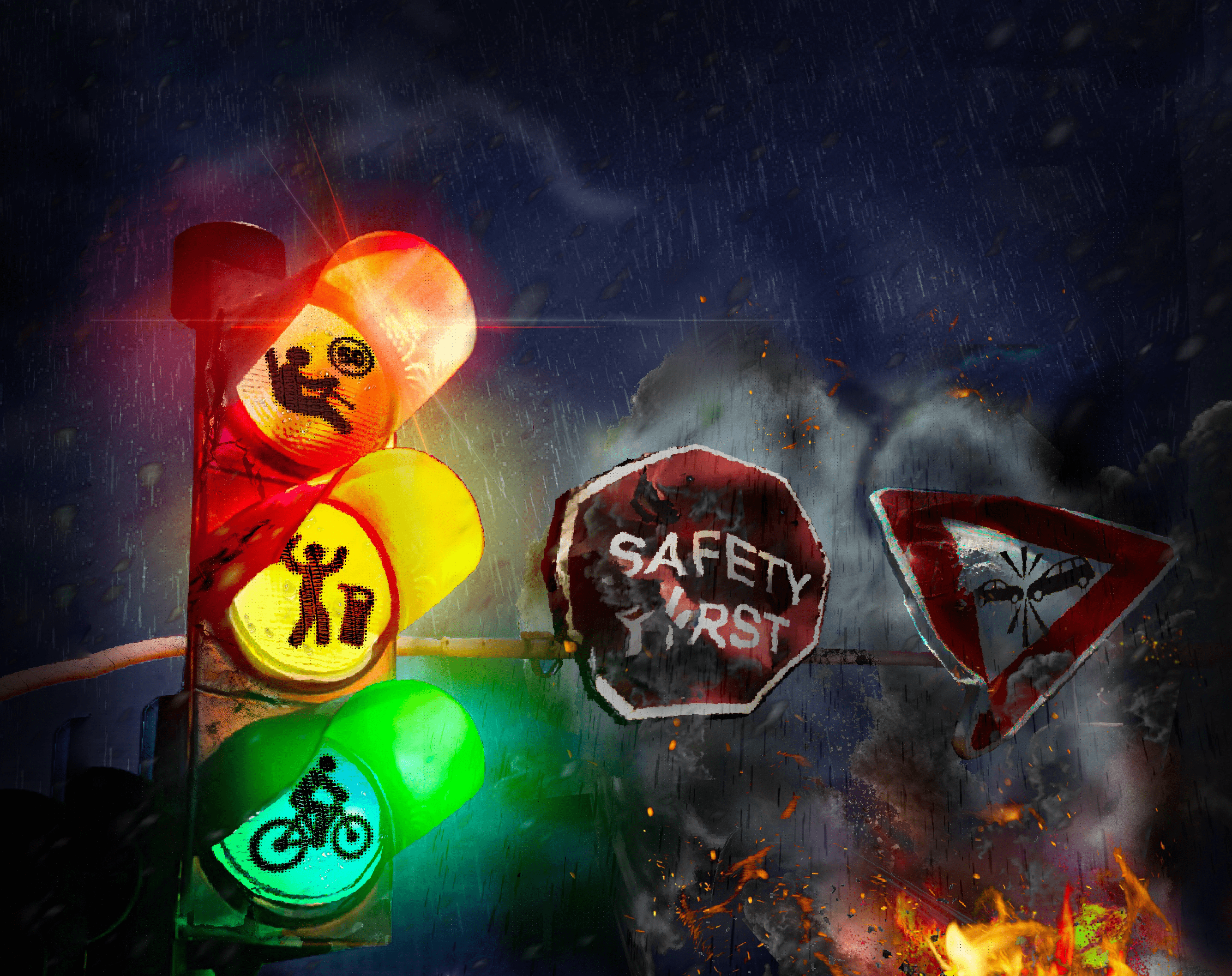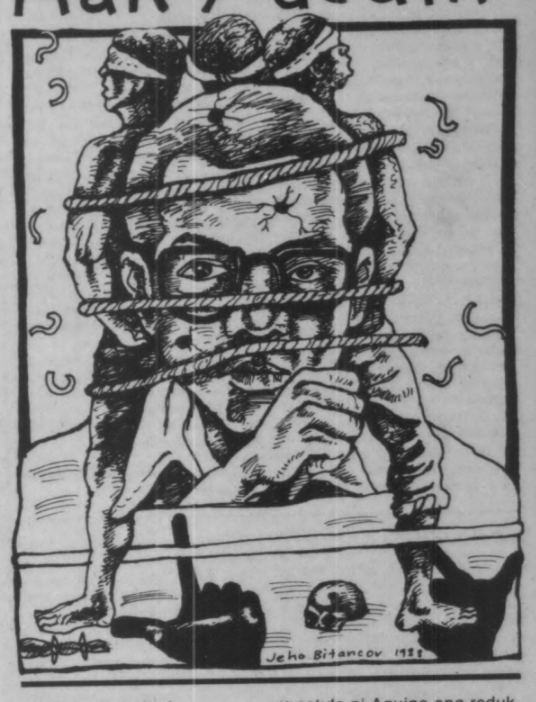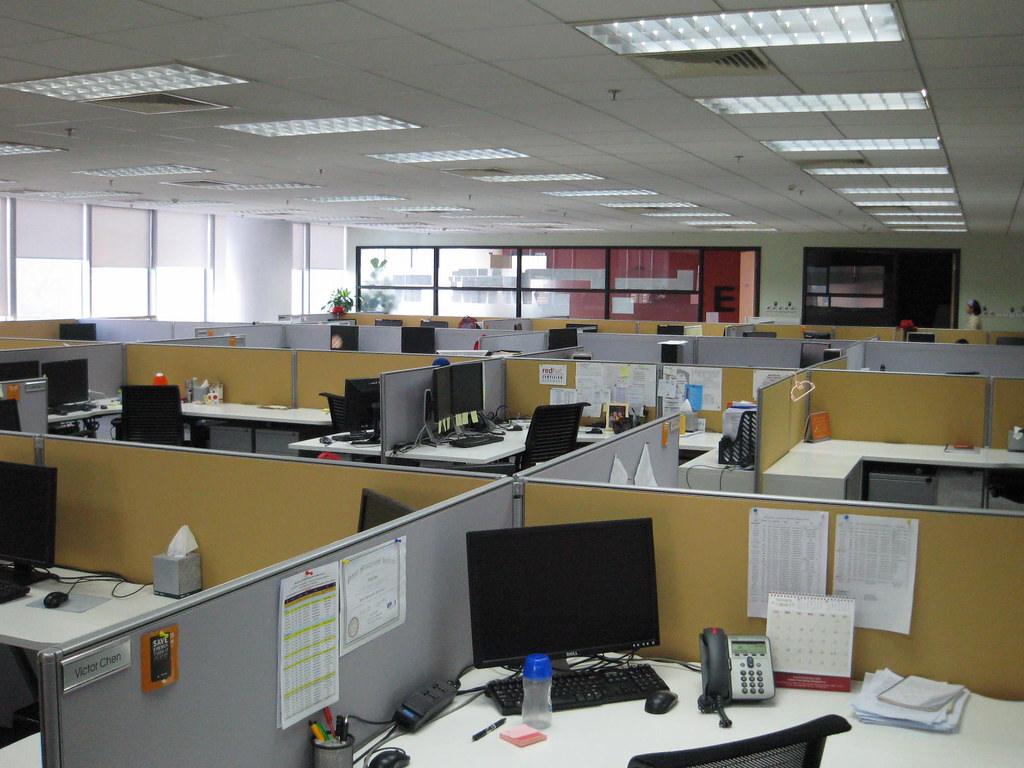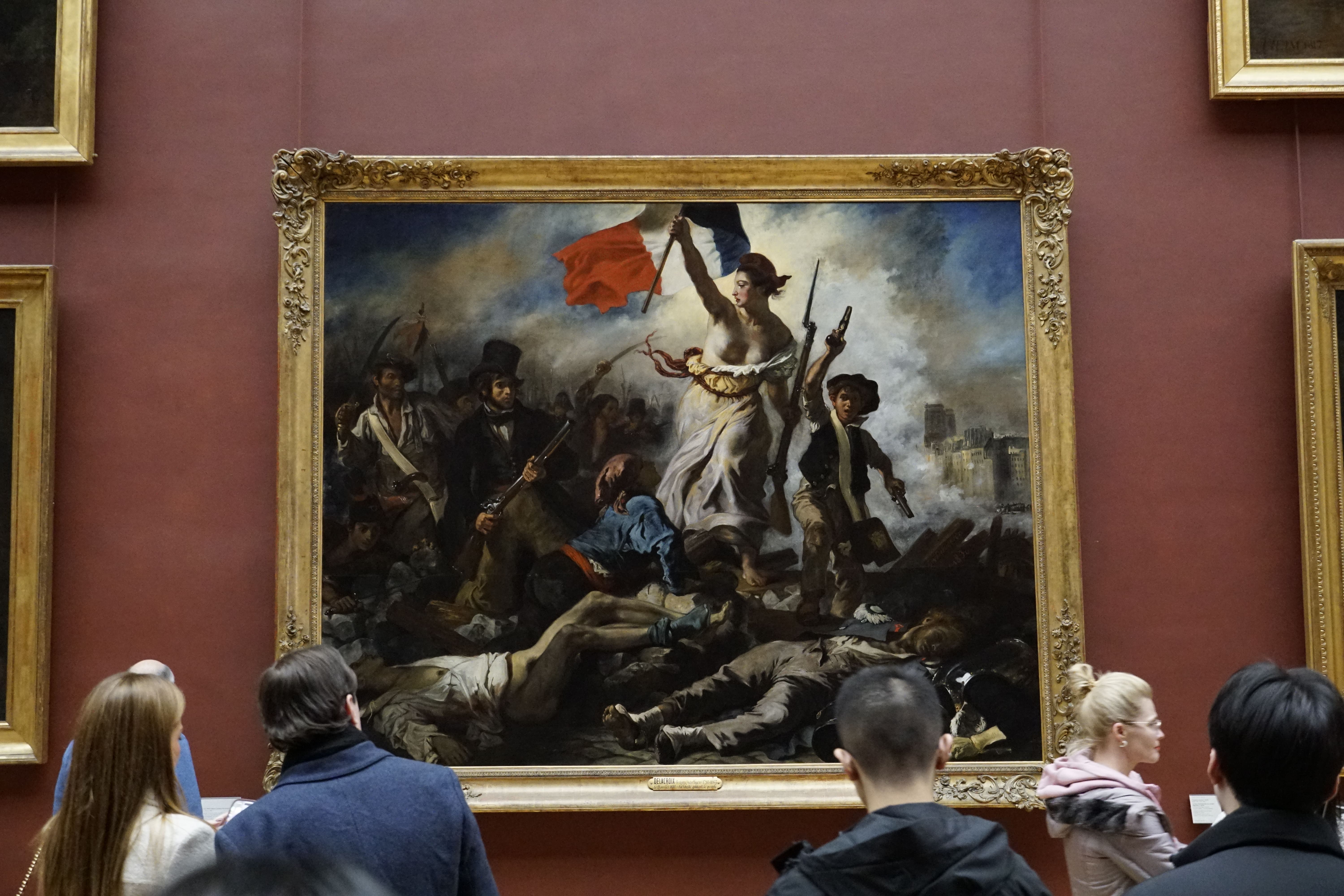The month of May began with scenes of wreckage and grief. On May 1, a bus hurtled through the SCTEX toll plaza in Tarlac City, crashing into several vehicles and bursting into flames. Twelve people died and 27 were injured. Just a day later, an SUV plowed into a crowd of people outside NAIA Terminal 1, killing two individuals.
Though varied in circumstance, the cause of these accidents cannot be divorced from deeper systemic flaws, influenced by a profit-driven framework underpinning the public transportation system and corrupt infrastructure construction processes. Lasting change, therefore, requires structural alterations geared toward systemic accident deterrence.
In 2023, land transport accidents claimed 13,125 lives in the Philippines, the highest in a decade, amounting to an average of 32 deaths per day, according to government and United Nations data. Filipinos pay the price when public welfare takes a backseat to profit, whether through exploitative labor conditions, corrupt procurement processes, poor urban planning, or weak regulation of public transport.
In the case of the SCTEX crash, reports cite that the bus driver felt drowsy because he was on maintenance medication. Though he could have chosen to prioritize his health, his working conditions could have discouraged him from doing so. This is because rather than having fixed, livable wages, drivers under “unli hours” and commission-based systems are compelled to stay on the roads longer to maximize company profits.
A similar pattern of prioritizing profit was typified in NAIA. Though other variables are still unknown, attention has turned to the bollards, which were supposedly designed to stop wayward vehicles. An SUV easily ramming through them raises serious doubts about whether the P8 million spent on them went into proper research, design, and installation. Substandard constructions are typical in a country where infrastructure projects often become sources of kickbacks for officials conniving with contractors.
Lawmakers' promises of swift action and accountability thus fall flat in a system where piecemeal safety measures come only after tragedies have already occurred.
The Department of Transportation merely plans mandatory drug testing without addressing the exploitative working conditions workers face. And while a probe was launched to assess NAIA’s infrastructure, there are still no serious investigations into the broader conditions of transport workers or the widespread, lucrative corruption in infrastructure deals across the country.
To prevent similar tragedies from arising, the government must break its culture of reactive policymaking. Real prioritization of protection means investing proactively in safety measures and expediting the passage of laws like House Bill 6509, which aims to implement an eight-hour maximum workday and mandatory rest periods for drivers.
Greater oversight and sanctions must also complement anti-corruption mechanisms to impose stricter standards for infrastructure projects, from procurement to implementation, and ensure that safety is never compromised for profit and expedience.
Until the government prioritizes human dignity and public welfare, the lives of Filipinos will continue to be placed at risk. The time to act is not after the next crash, but now. ●
First published in the May 16, 2025, print edition of the Collegian.
